Eagle Guide
by Martin Willey

The studio set never had a forward section, with the brief exception of two shots in The Beta Cloud which have a normal computer wall. Instead, the SFX department filmed a forward left window or a screen in a different studio.
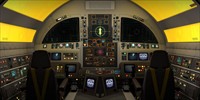
Roberto Baldassari rendering from the Italian DVD menus (2007). The screen logically goes in the centre, but the top corners have to be clipped to fit in the windows. Additional screens are added under the windows and behind the front console, plus a higher central display.
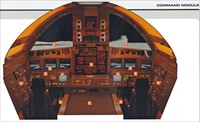
This is the Chris Thompson rendering from Moonbase Alpha Technical Operations Manual (2021, p123). The windows have more vertical height in this version. Again, the corners of the central screen panel are clipped (just like Roberto), and there are screens under the windows, with instruments at the high central position between the windows. While Roberto's front wall is flat, Chris introduces an angle to the centre, so the windows have the same angle as the exterior command module.
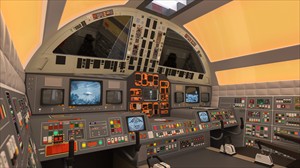
Rendering by Andrew Novinc, 2024. Andrew uses the same angle for the windows, but puts the lower screens and central screen panel straight, with a little shelf on top. The computer screens under the window are the same as seen in the Eagle pod. There is no need for an invented central panel between the windows; these details are all authentic to the window prop. Some small added details are the handles on the corners under the window, and at the centre top.
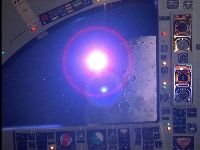
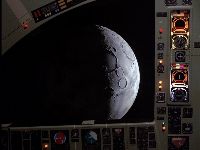
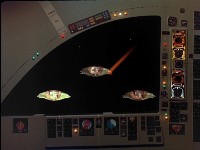
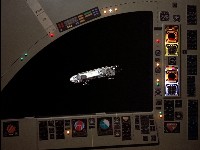

The Eagle cockpit front windows must be smaller on the inside as they are of a different shape than the external windows. This is the year 1 port side configuration. Only the port side window is seen- we never see the starboard window. The prop has a small lip on the interior of the window, with white panels, although the optical burn-ins sometimes obscure them. The top left corner of the prop should not exist, a large flat area which extends way beyond what should be the curve of the roof.
The instruments are mostly King and Sperry aircraft instrumentation. The large dials underneath, for instance, are a Sperry HZ-444 Horizon Flight Director on the left, plus two Sperry RD 444 radio deviation indicators (with custom colour graphics, which fall off the left one by year 2); on the bottom of the right stack of instruments is a King KWX40 weather radar system. There's another small-sized King KWX40 visible in a stack to the left of it.
Sperry, formed in 1910 as the Sperry Gyroscope Company, and was taken over, with the aircraft instrumentation part of Honeywell Aerospace since 1986. King Radio Corporation began in 1959, also becoming acquired in 1983 to become Bendix/King, and then part of Honeywell.
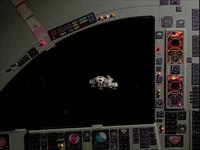
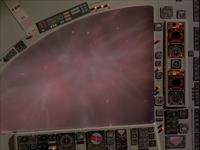
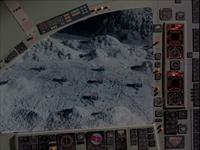
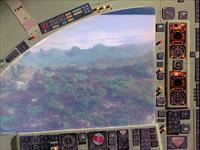
The year 2 version is largely similar. There are three small additional dials top left (a King KNI-520 navigation indicator, a Sperry C-6D compass indicator and a King KNC-610 navigation computer).
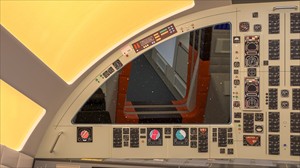
Rendering by Andrew Novinc
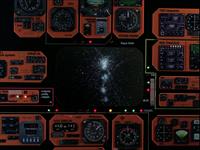
In year 2 the area between the pilot and copilot windows supposedly contains a "big screen" (Space Warp). It can display star charts, external images and presumably computer data as well. The small instruments around are Sperry aircraft instruments, including several radio altimeters, attitude indicators, VHF nav receivers (indicating there are VOR ground stations around the Moonbase), King KWX 50/60 weather radar and STARS (Sperry Three Axis Altitude Reference System) auto-pilot/ flight director. See prop photos
This Eagle viewscreen is used in The A B Chrysalis, Seed Of Destruction, Space Warp, The Bringers Of Wonder part 2, The Seance Spectre and Devil's Planet.
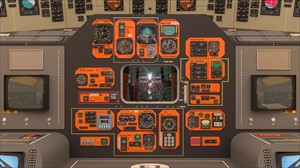
Rendering by Andrew Novinc
Copyright Martin Willey